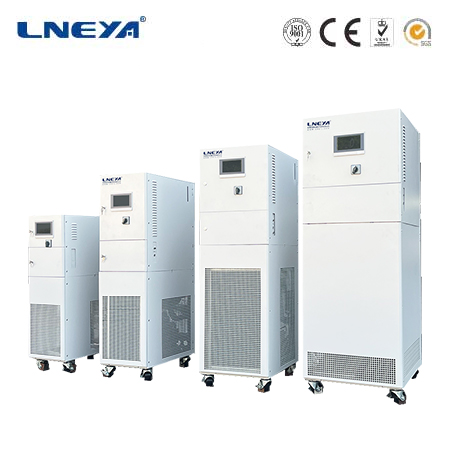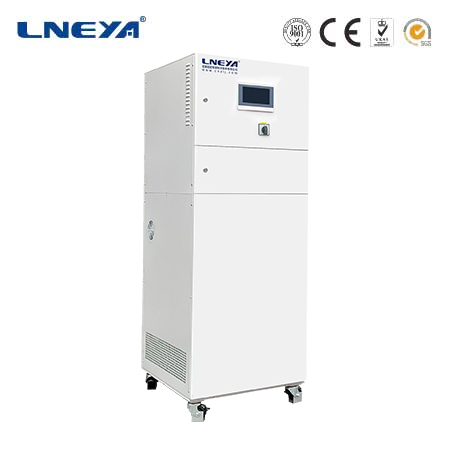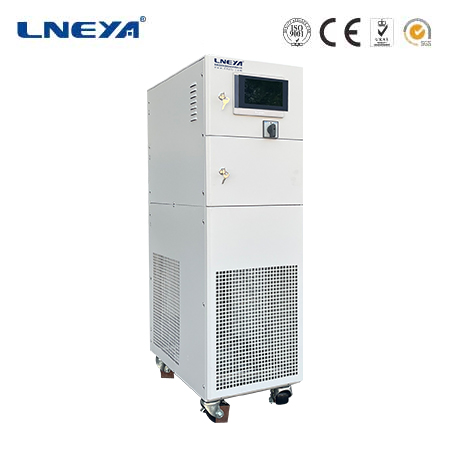liquid chillers portable units
Introduction to Portable Liquid Chillers
Portable liquid chillers are compact, movable units that remove heat from a liquid through a cycle of compression, condensation, and evaporation . These chillers are engineered to circulate a fluid medium, typically water or a water-glycol solution, for cooling processes to temperatures between 20°F to 70°F. Their portability makes them suitable for a wide range of applications with variable cooling requirements in terms of location or time.

Technology and Efficiency of Portable Liquid Chillers
Portable liquid chillers offer a cost-effective and efficient solution with a compact design and the flexibility to move to different locations when needed. They are designed to provide cooling capacities ranging from 5 to 28 kW (1.5 tons to 7.5 tons) on an installation area of only 0.5 m² and capacities up to 80 kW (22.5 tons) on an area of 1 m². Advanced features like microchannel evaporators require up to 70% less refrigerant due to their special design, enhancing the energy efficiency of these units.
Sustainability and Market Trends
Sustainability is a critical trend influencing the industrial portable chillers market, with a shift towards eco-friendly refrigerants gaining momentum as regulations tighten. The global market size for portable fluid chillers is projected to grow from $1.2 billion in 2023 to $2.4 billion by 2032, exhibiting a robust CAGR of 8% during the forecast period. This growth is driven by the increasing demand for energy-efficient and environmentally friendly cooling solutions.

Applications of Portable Liquid Chillers
Portable liquid chillers are used in various industries, including pharmaceutical, plastic, rubber, tire, and more. They are ideal for supplemental, backup, or emergency cooling in a wide variety of situations due to their mobile nature, which makes it easy to repurpose them. They are also used in the beverage industry, laser industry, glass manufacturing, thermoforming, injection molding, and other applications where precise temperature control is required.
Major Components and Operation of Portable Liquid Chillers

Portable liquid chillers consist of major components such as a compressor, evaporator, condenser, expansion valve, and exhaust fan. They operate on the principle of the refrigeration cycle, where the evaporator absorbs heat from the chilled circulating water, transferring it to the refrigerant and vaporizing it. The vaporized refrigerant then passes through a compressor, which converts it into high-temperature vapors. The condenser then acts as a heat exchanger, removing heat from the refrigerant.
Conclusion
Portable liquid chillers offer a versatile and efficient cooling solution for a variety of applications. Their portability, ease of use, and energy efficiency make them an attractive option for industries looking to optimize their cooling processes. As the market for portable chillers continues to grow, driven by sustainability and efficiency demands, these units will play an increasingly important role in providing reliable and environmentally friendly cooling solutions.
Related recommendations
closed loop chillers
317Introduction Closed loop chillers play a pivotal role in modern cooling applications. Unlike open loop systems, closed loop chillers operate with a coolant that circulates within a completely ...
View detailschiller control system
453Chiller Control System A chiller control system is an essential part of a refrigeration system that is responsible for maintaining the desired temperature by removing heat from a process or spa...
View detailsrecirculating water chiller system
233Introduction to Recirculating Water Chiller SystemsRecirculating water chiller systems are sophisticated cooling solutions that play a pivotal role in maintaining optimal temperature conditions a...
View detailsHow does the evaporator chiller reduce vibration and noise?
1053How does the evaporator chiller reduce vibration and noise? Evaporator cooler is a device used to cool air or liquid, which can dissipate heat through evaporation. When using evaporator...
View details
 LNEYA Thermal Test Chillers
LNEYA Thermal Test Chillers







HelloPlease log in